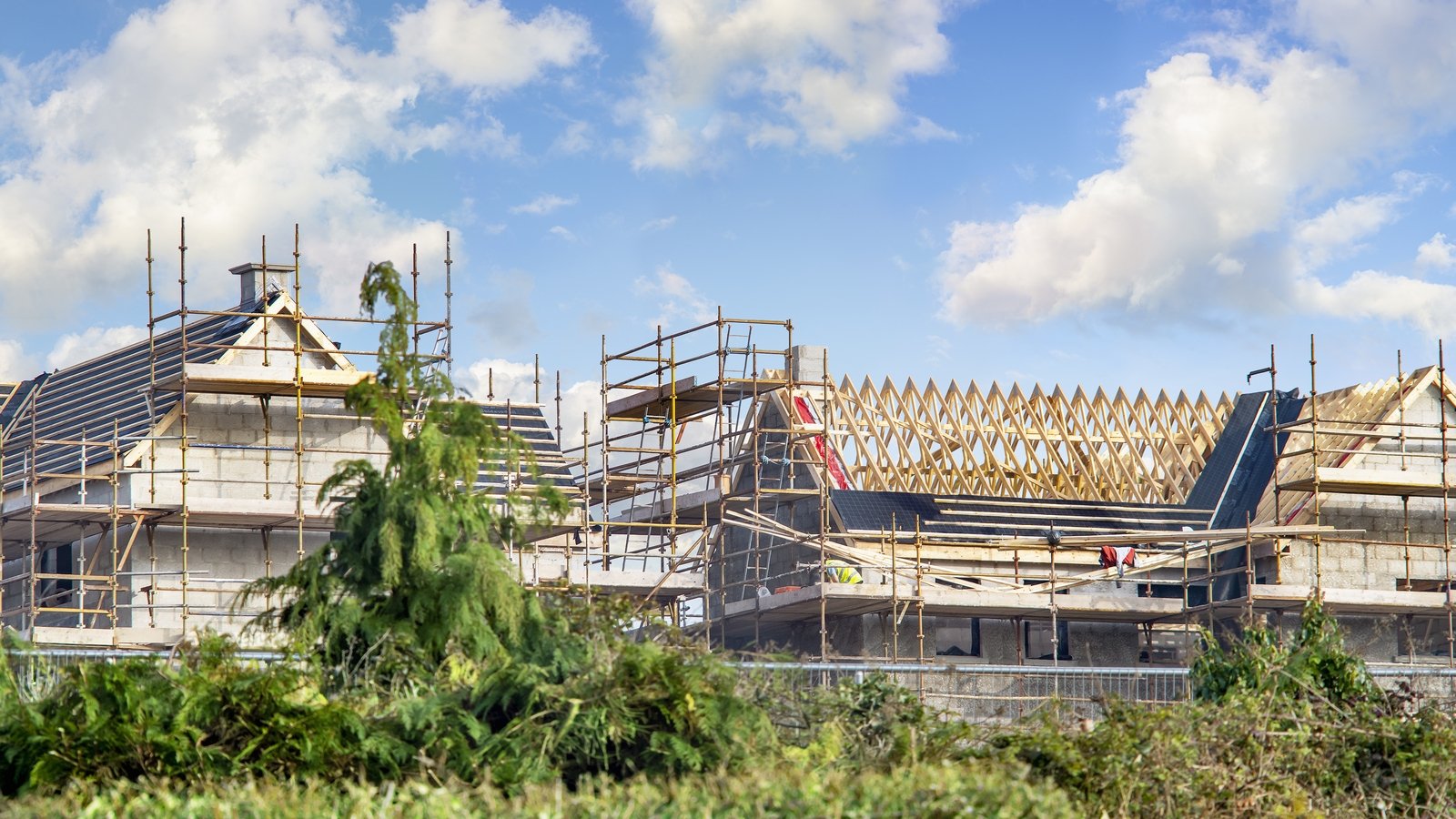Bussiness
Increases in construction activity continued in May

Housing commencements remain on an upward trend, according to BNP Paribas Real Estate Ireland, with continued increases in construction activity across key residential segments.
The construction activity index posted fractionally below the 50.0 no-change mark in May to signal broadly stable output in the sector midway through the second quarter.
The reading was down from 53.2 in April and ended a two-month sequence of expansion.
Despite the pause in growth seen for total construction activity, work on housing and commercial projects continued to increase in May. In both cases, activity rose for the third month running, but at softer rates than in April.
John McCartney, Director & Head of Research at BNP Paribas Real Estate Ireland, said news-flow from the construction sector remained positive in May with continued increases in activity across the key residential and commercial segments.
“The former is no surprise – even looking through disruption which may have been caused by the development contributions waiver deadline in April, housing commencements have been on a sustained upward trend since October 2022,” he said.
“On the commercial side, activity has been driven by office construction in Dublin where more space was delivered in Q1 than in the entire of 2023.”
The construction index showed new orders continued to rise in May as firms again saw new business come in during the month.
The latest expansion was the third in as many months, albeit slower than in April.
Sustained growth of employment was also recorded, with staffing levels up for the sixth month running in response to higher new orders. The rate of job creation eased, however, to the weakest in this sequence.
Although input costs continued to increase sharply during May amid higher material prices, the pace of inflation eased to a four-month low.
Meanwhile, companies signalled an improvement in supplier performance for the first time in ten months. Lead times on the delivery of inputs shortened modestly, but to the greatest extent since October 2010. Capacity improvements at suppliers were reportedly behind the shortening of delivery times.
Mr McCartney said forward-looking indicators on the dashboard are now uniformly pointing in the direction of continued expansion. “Order-books have been replenished over the spring months, and materials purchases and employment are up as a result. Supporting these trends, input costs inflation has stabilised and supply chain issues appear to be easing with lead-times shortening.
“Reflecting these dynamics, nearly 90% of building firms now expect to be as busy or busier in one year’s time, compared with 81% nine months ago.”










